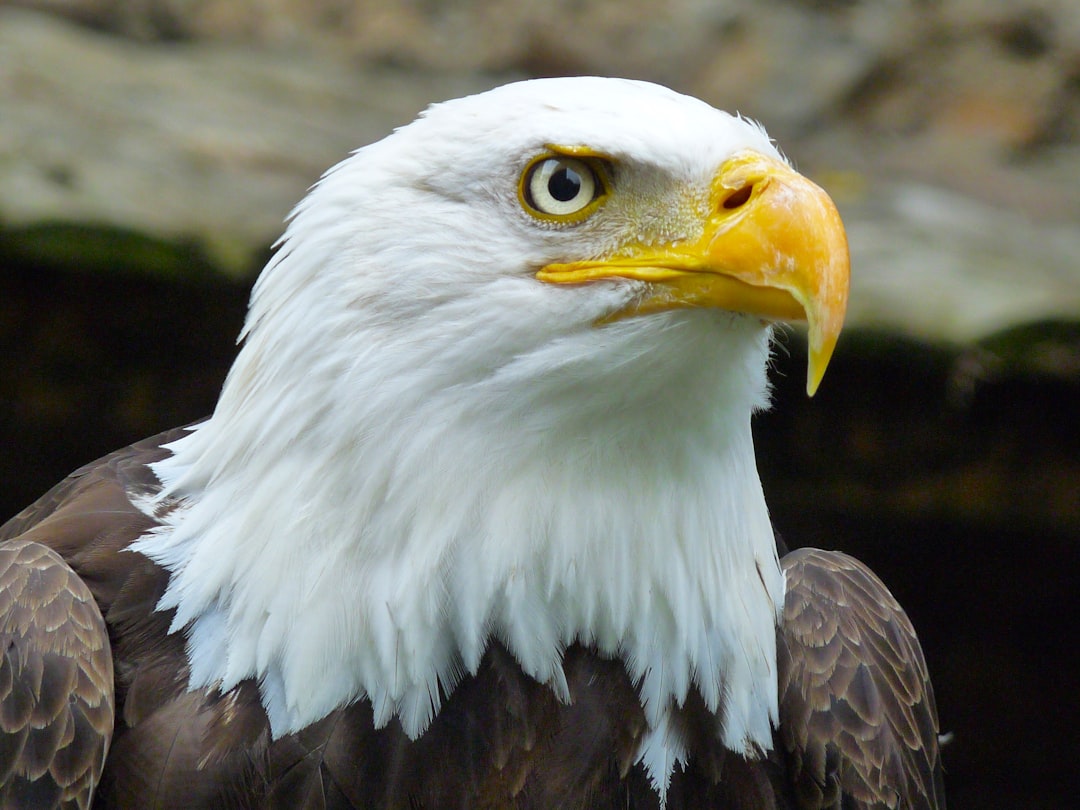Climate change is a growing global crisis that affects every living organism on Earth, including wildlife. The impact of climate change on wildlife is undeniable and has already begun to cause significant disruptions to ecosystems around the world. As temperatures rise, extreme weather events become more frequent, and natural habitats are destroyed, wildlife species are struggling to survive.
One of the most immediate impacts of climate change on wildlife is the loss of habitat. Rising temperatures, melting ice caps, and changing precipitation patterns are leading to the destruction of vital habitats for many species. For example, polar bears are losing their sea ice habitat as it melts due to global warming, making it difficult for them to find food and survive. Many other species are also facing habitat loss, which can lead to population declines and even extinction.
In addition to habitat loss, climate change is also causing disruptions to food sources for wildlife. Changes in temperature and precipitation can alter the availability of food for many species, leading to malnutrition and decreased population numbers. For example, changes in ocean temperatures are disrupting the food chain for marine species, such as fish and seabirds, which rely on specific prey for survival. These disruptions can have far-reaching effects on ecosystems and the wildlife that depend on them.
Extreme weather events, such as hurricanes, droughts, and wildfires, are also becoming more frequent and intense due to climate change. These events can have devastating impacts on wildlife populations, destroying habitats, causing mass die-offs, and disrupting migration patterns. For example, wildfires in Australia have decimated populations of koalas and other vulnerable species, while hurricanes in the Caribbean have wiped out entire populations of birds and reptiles.
So, what can we do to help wildlife affected by climate change? There are several steps that individuals, communities, and governments can take to mitigate the impacts of climate change on wildlife and help protect vulnerable species.
First and foremost, we must reduce our carbon footprint and limit greenhouse gas emissions. By using renewable energy sources, reducing our energy consumption, and driving less, we can help slow the pace of climate change and reduce its impact on wildlife. Every small action we take to reduce our carbon footprint can make a difference for wildlife around the world.
Another important step we can take to help wildlife is to protect and restore habitats. Conservation efforts, such as creating protected areas, restoring wetlands, and planting trees, can help provide safe spaces for wildlife to live and thrive. By preserving and restoring habitats, we can help ensure that wildlife populations have the resources they need to survive in a changing climate.
We can also support initiatives that help wildlife adapt to climate change. For example, building wildlife corridors and creating wildlife-friendly landscapes can help species move and find new habitats as their traditional ones become unsuitable. By providing resources and support for wildlife adaptation, we can help ensure that vulnerable species have a fighting chance in the face of climate change.
Education and awareness are also key to helping wildlife affected by climate change. By learning about the impacts of climate change on wildlife and sharing that knowledge with others, we can help raise awareness and inspire action to protect vulnerable species. By advocating for stronger environmental policies and supporting conservation efforts, we can help ensure a brighter future for wildlife in a changing climate.
In conclusion, the impact of climate change on wildlife is profound and far-reaching. As temperatures rise, habitats are destroyed, and extreme weather events become more frequent, wildlife species are facing unprecedented challenges. But by taking action to reduce our carbon footprint, protect and restore habitats, support wildlife adaptation, and raise awareness, we can help mitigate the impacts of climate change on wildlife and ensure a sustainable future for all species on Earth. Let’s work together to protect wildlife and preserve our planet for future generations.


